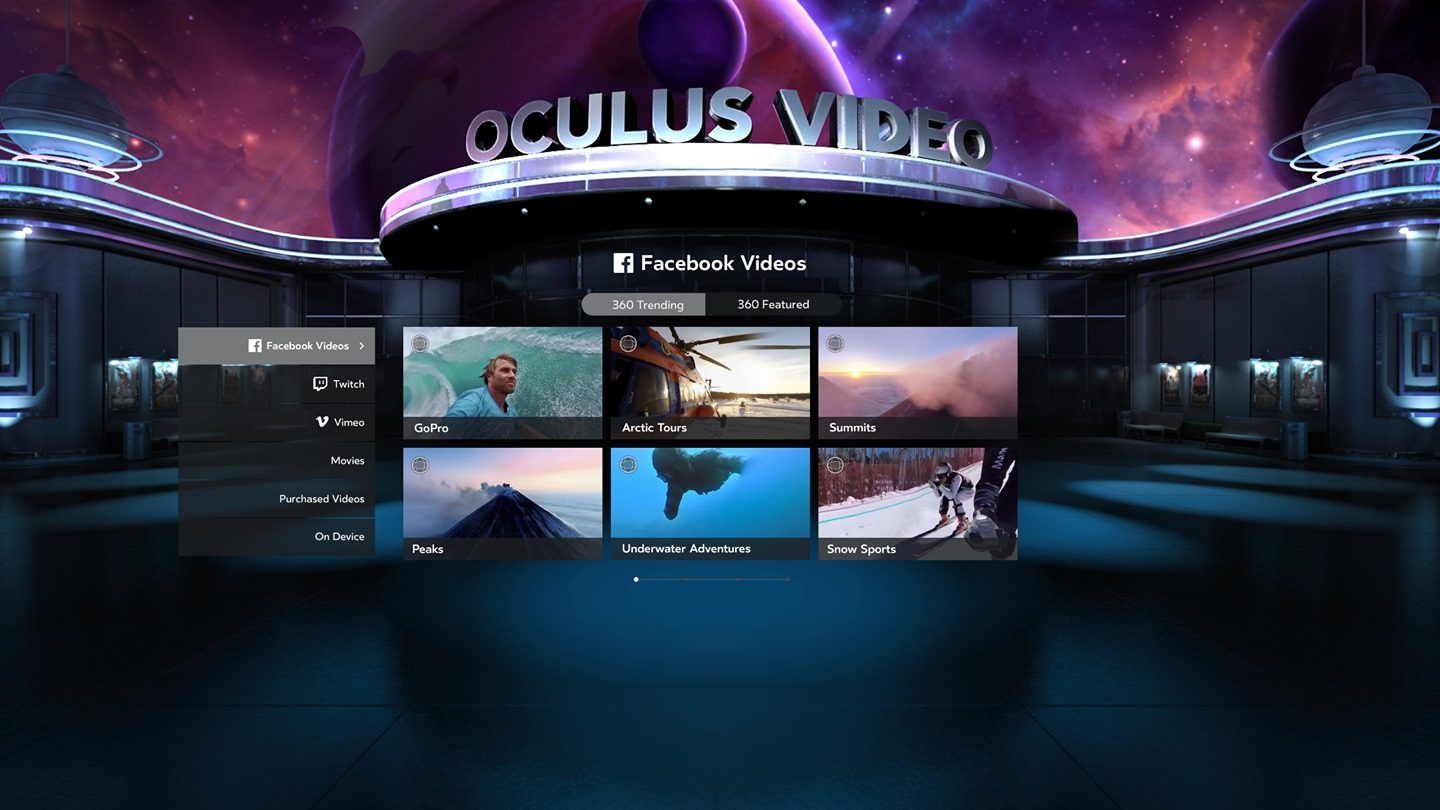Meta already has a way to watch your own content on Quest, although browsing through a file system and viewing on a windowed panel is decidedly less immersive than a proper home theater. Now the company says it’s experimenting with the idea.
Mark Rabkin, VP leading Horizon OS and Quest, says in a recent X post that Meta is currently working on a home theater environment for Horizon OS, which is not only Quest’s operating system, but the soon-be-the OS used on a host of third-party headsets.
In response to a post wondering why such a first-party effort doesn’t already exist, Rabkin says the team is “[w]orking on all that, experimenting with lighting and other effects to see what’s best. Also trying to figure out awesome sound.”
This wouldn’t be the first time Meta developed its own theater environment. In 2014, Meta (then Facebook/Oculus) launched Oculus Cinema for Samsung Gear VR, which would later morph into Oculus Video for Gear VR and Rift, presenting a more cohesive way to watch your own content in addition to renting movies for on-device viewing. Released in late 2015, Oculus Social was another early attempt, allowing up to five users to connect and watch Twitch and Vimeo streams in a variety of virtual theaters.

Without rehashing ancient history (the list of now-defunct home theater apps goes on), Meta’s most recent attempt was in Horizon Home on Quest, which was updated in 2021 to allow multiple users to join your home space and do things like watch videos and launch into VR apps together. This however didn’t include many of the features associated with a dedicated home theater app, such as custom environments or advanced playback controls.
And while the content on offer varied over time, all of those apps had one thing in common: they put enough friction in the way between users and traditional content that it essentially shunted users to support more open alternatives, like Bigscreen and Skybox, but also dedicated apps serving up Prime Video, YouTube, Hulu, Netflix, etc.
That said, Meta’s next attempt at a dedicated theater environment probably won’t unite those fractionalized apps into a monolithic theater environment, although having a built-in, easily accessible way to immersively watch your own content might just be enough.



